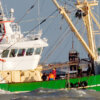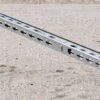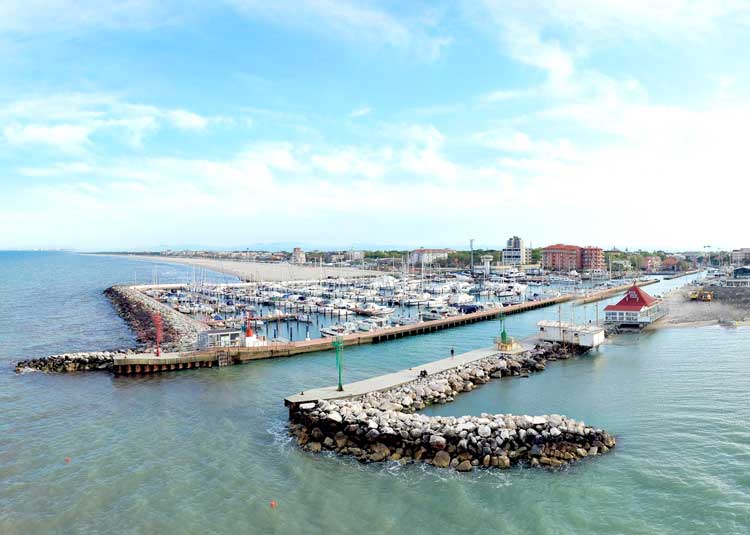Navigable depth is a term used to describe the physical level in a waterway with a muddy waterbed where ships can still safely manoeuvre.
Navigable depth in harbours and access channels
In harbours and access channels, maintenance dredging is deemed necessary when siltation builds up and the water depth becomes too shallow for ships to navigate. However, where the seafloor is comprised of loosely packed silt layers, ships can often still sail without running aground. This is known as fluid mud. Unfortunately, acoustic sounding methods do not work because the sound does not bounce off of this soft material but is absorbed.
Detecting fluid mud
As a result, other special surveying methods have been developed to detect whether a muddy waterbed is passable. An in-situ density profiler such as a towfish with built-in transmission gauges and pressure sensors will provide the information for deep-draught ships.
Surveying to determine if the seabed is fluid mud and thus ‘navigable’ can reduce the need for maintenance dredging. This will result in cost-savings for port authorities without sacrificing safety.




















